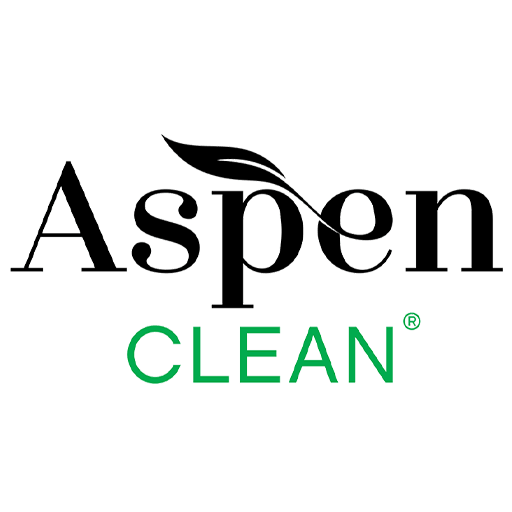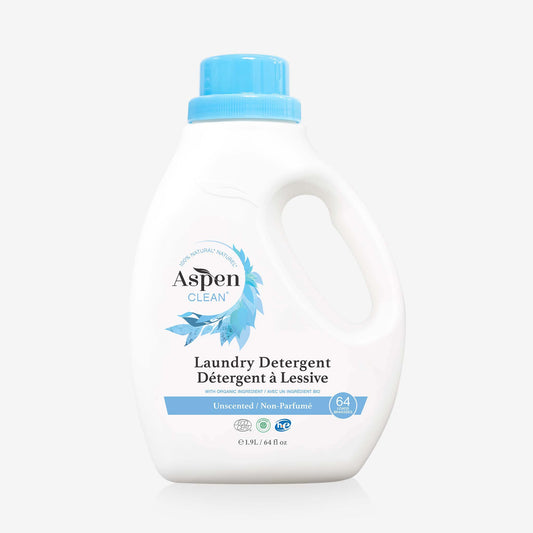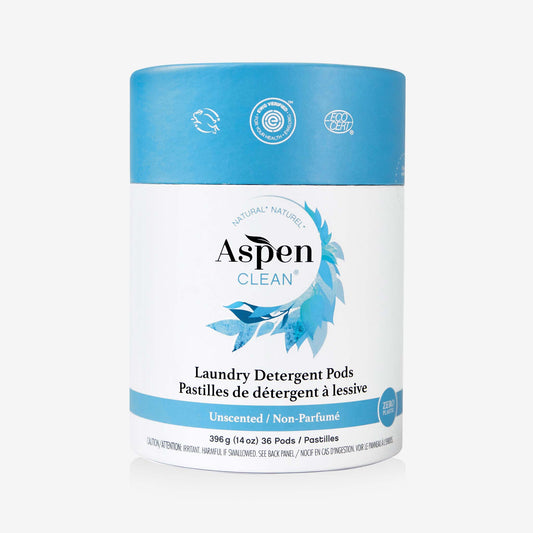What is the meaning of eco-friendly?
The meaning of eco-friendly directly translates to 'earth friendly' or not harmful to the environment. Eco-friendly is usually set as a descriptive term for goods and services that generate little to no environmental harm as a byproduct of their use.
History of the green movement
It is a common misconception that eco-friendliness is a modern trend that has emerged over the last decade. However, the concept of “being eco-friendly” came first to light in the 1960s. It has only integrated into our lives in recent years as we have developed a greater understanding of our environment and the simple things we can do to prevent permanent environmental damage.

Importance of eco-friendly products
The importance of eco-friendly products is vocalized by an international cry to conserve energy, minimize our carbon footprint, and reduce greenhouse gas emissions. It is no surprise as global sea levels have risen 7 centimetres in the last 25 years!
So, should you use eco-friendly products? Yes, using more eco-friendly products is a perfect way to start preventing the increase of dramatic global warming side effects from occurring.
To minimize production costs, some companies will intentionally use cheap toxic chemicals which could have adverse long-term health effects on consumers. Eco-friendly products, on the other hand, prevent the use of toxic chemicals which benefits the consumers using them and the long-term health of our planet.
Key features of eco-friendly home
Let's start by answering some of the most common questions about an eco-friendly lifestyle at home:
What makes a house eco-friendly?
Also known as an environmentally friendly home, this type of house is sustainable and built to use energy, water, and building materials as strategically as possible.
Why are eco-friendly houses so important?
Eco-friendly houses are built with natural materials free from toxic chemicals that can be damaging to your family and the surrounding environment. Water consumption and electricity use are less than when compared to traditional housing. Eco-friendly houses can be adapted to collect kinetic or solar energy through wind turbines and solar panels, making them self-sufficient.
How to make your home more eco-friendly?
- Install energy-efficient light bulbs
- Install solar panels
- Use natural cleaning products (check out our AspenClean collections)
- Improve insulation, for example, double-glazed windows
- Recycle used cardboard, plastic, glass, and food waste (you can refresh your knowledge on “ how to recycle here”)
Other eco-friendly building materials include bamboo, recycled plastic, and wood.

Ways to make your bedroom more eco-friendly
What is an eco-friendly piece of furniture for your bedroom? Believe it or not, we spend nearly one-third of our entire lives lying down on mattresses. They contain a collection of chemicals that don't help us sleep at night. It is one of the reasons we are much better off using safer materials like organic cotton or wool to fill our king mattress. The main room in your home deserves modern eco-friendly furniture that benefits both you and the earth. Simple changes like using a current eco-friendly wallpaper, papers made from managed forests or using natural materials can push you in the right direction to living a greener life.
Another simple eco-friendly addition you can make to your bedroom is to fit a carpet made from recycled plastic or natural, renewable fibres.
How to make your bathroom eco-friendly?
After washing machines and toilets, it's well known that showers use the third-highest amount of water in our homes. Listen up, long shower users! If you're trying to live a more eco-friendly lifestyle at home and spending 20 minutes in the shower, you may want to reconsider that timing. So, how long should an eco-friendly shower last?
The average shower is estimated to take 8 minutes. If you can cut that shower time in half and use a low-flow eco-friendly shower head instead, you can reduce your C02 emissions by over 70% and save thousands of gallons of water per year.
Don't forget shower curtains! Plastic shower curtains are made from polyvinyl chloride (PVC), which are full of harmful chemicals that you smell as soon as you take the curtain from its plastic packaging. If you're building a bathroom, consider a glass partition or wet room instead of something that requires a shower curtain.
Eco-friendly bathroom products
Keeping with the eco-friendly shower trend, let's see what eco-friendly shampoo and conditioner you could use. Whether you're aware or not, shampoos and conditioners contain chemicals like parabens which successfully prevent bacteria growth in your hair when you wash them but they are also heavily linked to the growth of breast cancer cells. Eco-friendly shampoos and conditioners avoid these chemicals by using natural oils, minerals, plant and herb extracts which stimulate hair follicles to promote new hair growth and maintain moisture.
Is there such a thing as an eco-friendly toothbrush?
Yes, there is. Dental experts say we should change our toothbrushes every two to four months. It means that over an 80-year lifespan, the average person will go through approximately 320 toothbrushes! Biodegradable toothbrush handles like bamboo are a popular choice for an eco-friendly toothbrush. Some companies will even go to lengths of using castor bean oil to fashion the bristles and reduce plastic content even further.
Do eco-friendly toilets exist?
Generally, an eco-friendly toilet refers to as a water-efficient toilet. The dual flush ability makes the toilet highly efficient and reduces water use by 20% or more per flush!
Finally, don’t forget to use eco-friendly products to clean your bathroom!

How to make your kitchen eco-friendly?
Where do we begin? Kitchens are the heart of the home, so why not treat the room like the eco-friendly fortress it should be.
Ways to wash your dishes sustainably
There is a debate as to whether or not dishwashers are more economical than washing dishes by hand. It actually depends entirely on load size and the dishwasher model. Don't forget to use non-toxic, eco-friendly dishwasher pods. The next question we have to answer is the electricity used with dishwashers.
When it comes to cost, hand washing doesn't use any electricity and is by far the cheaper option. So, if you use as little water as possible, good old-fashioned scrubbing is always going to be the first option regarding the way you wash your dishes.
By the way, is there an eco-friendly washing-up liquid one should use?
The active ingredient in washing up liquid is a surfactant, which assists in grease removal. Surfactants can be made from petrochemical sources or vegetable oils like natural coconut oil. Petrochemical surfactants have been found to biodegrade much slower than natural oils, and are more earth-damaging to aquatic/air toxicity and global warming. So, the best eco-friendly cleaning products for washing dishes will use vegetable oils to create surfactants.
Ways to get rid of trashes that are more eco-friendly
The best eco-friendly way to get rid of trash is to separate the recyclables like glass, organic waste, plastic, and cardboard from non-recyclable waste. You should also have several small recycling bins rather than one large trash can.
What can I use instead of regular garbage bags?
Unless you're willing to go waste-free, eco-friendly trash bags, which are entirely biodegradable are a fantastic solution to trash bags. It means from the minute they hit the junkyard, the bags begin decomposing due to a natural additive within the plastic.
Eco-friendly mop options
We all have an image in our heads of a traditional mop (the one that resembles a shoddy wig). They always seem to get dirty so quickly, which seems counterproductive, not to mention the length of time they take to dry.
Like traditional mops, the best eco-friendly mops have limited reusability but they are made from biodegradable, recycled fibres.
On the side of most mop detergent containers, you may notice they inform you to “keep them out of reach of children”. If you have a toddler, this will make you wonder why you would even consider using this product on a floor crawled on daily by your child.
An eco-friendly mop solution comes in handy here. Create your mop solution by mixing white vinegar, water, and lemon-pure essential oils. You can also use our AspenClean natural floor cleaner.
How to be eco-friendly when cooking
Start with the types of pots and pans you use on a day-to-day basis. Avoid Perfluorooctanoic Acid (PFOA) and polytetrafluoroethylene (PTFE) pans. PFOA and PTFE are used to create a non-stick effect but also have been known to be absorbed by food when being used, and linked to causing health conditions like kidney and liver disease.
Eco-friendly pots and pans like stainless steel or cast iron are much better alternatives and won't release strange chemicals onto your food.
Finally, after cooking, comes cleaning. After heavy usage, ovens are hard to clean. Furthermore, oven cleaning products used usually contain toxic chemicals. Ideally, to avoid the side effects of using a traditional oven cleaner, one could use an oven cleaning product that uses non-toxic, biodegradable and free of all suspected carcinogens ingredients.

Eco-friendly laundry detergent and washing machine
What is the best eco-friendly laundry detergent? Is your washing machine eco-friendly? It is said that some older washers can use from 150 to 170 litres of water per load and newer high-efficiency washers can 53 to 95 litres of water per load. The most eco-friendly type of washing machine is a portable hand-powered washer. Completely electricity-free and using up to 90% less water than older washers, it's an obvious choice for anyone looking to live a more eco-friendly lifestyle at home.
Invest in an HE washing machine - the second most eco-friendly option. Make sure you have the right amount of HE laundry detergent in it.
Another significant change that you should make to live a more eco-friendly life is to avoid using the dryer… at ALL costs.
Dryers use an extortionate amount of electricity, which isn't just bad for the environment, it's also incredibly damaging to your bank account. Dryers are also notorious for shrinking some of your favourite clothes!
So, still, wondering how to wash clothes the most eco-friendly way possible?
- Use a hand-powered washer
- Use a washing line to dry your clothes
Why are eco-friendly products more expensive?
Eco-Friendly cleaning products are more expensive. Well, this isn't necessarily the case. As outlined in parts of this article, cleaning products can be homemade which means non-eco-friendly products in certain cases are more expensive. The main reason why eco-friendly cleaning products at the retail level are slightly more expensive is that they avoid toxic chemicals which are used in non-eco-friendly products to lower their product cost.
Generally, all major retailers will supply eco-friendly items from fabrics to sunscreen to disposable plates. Learn more about sustainable eco-friendly lifestyles by reading our other articles.





